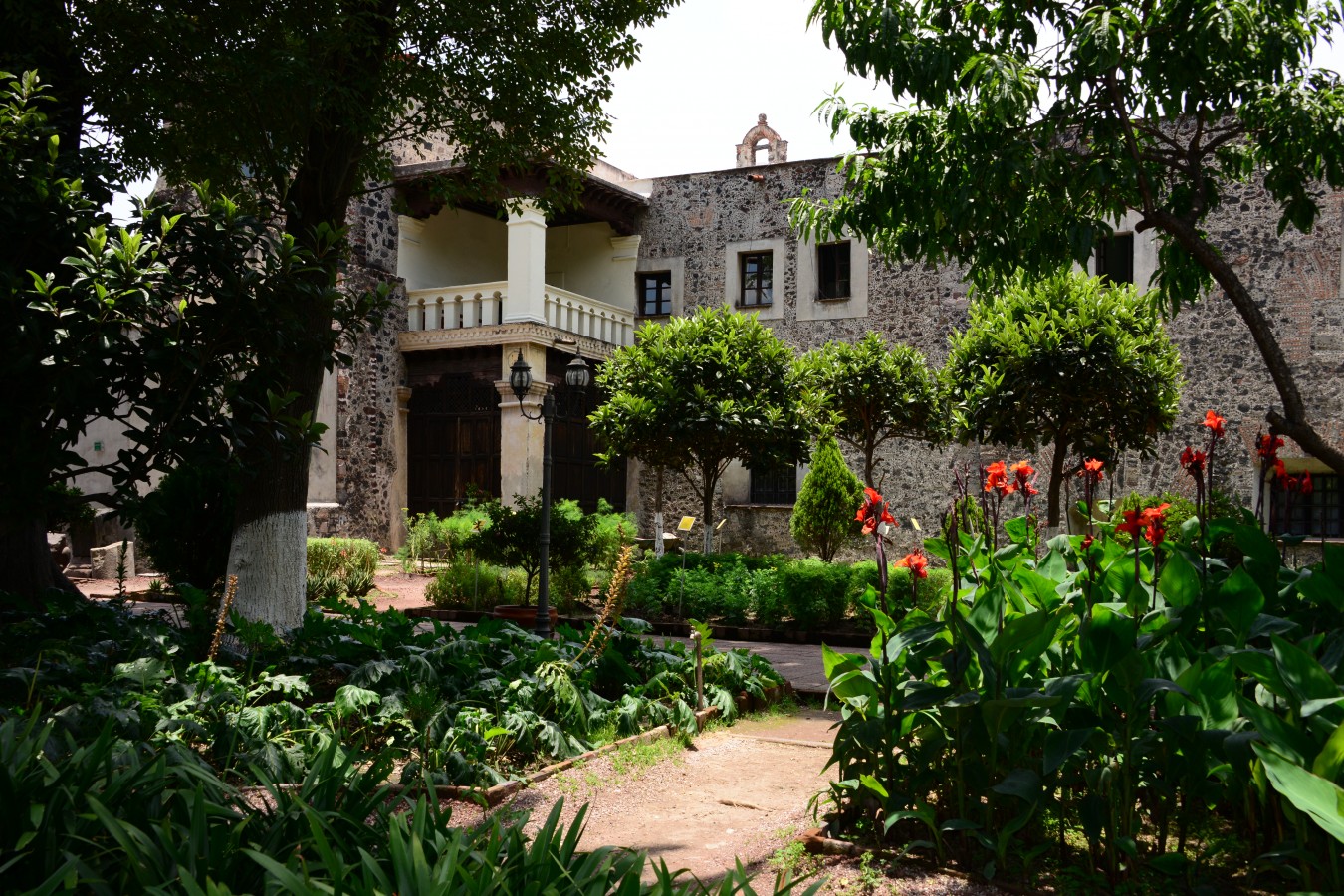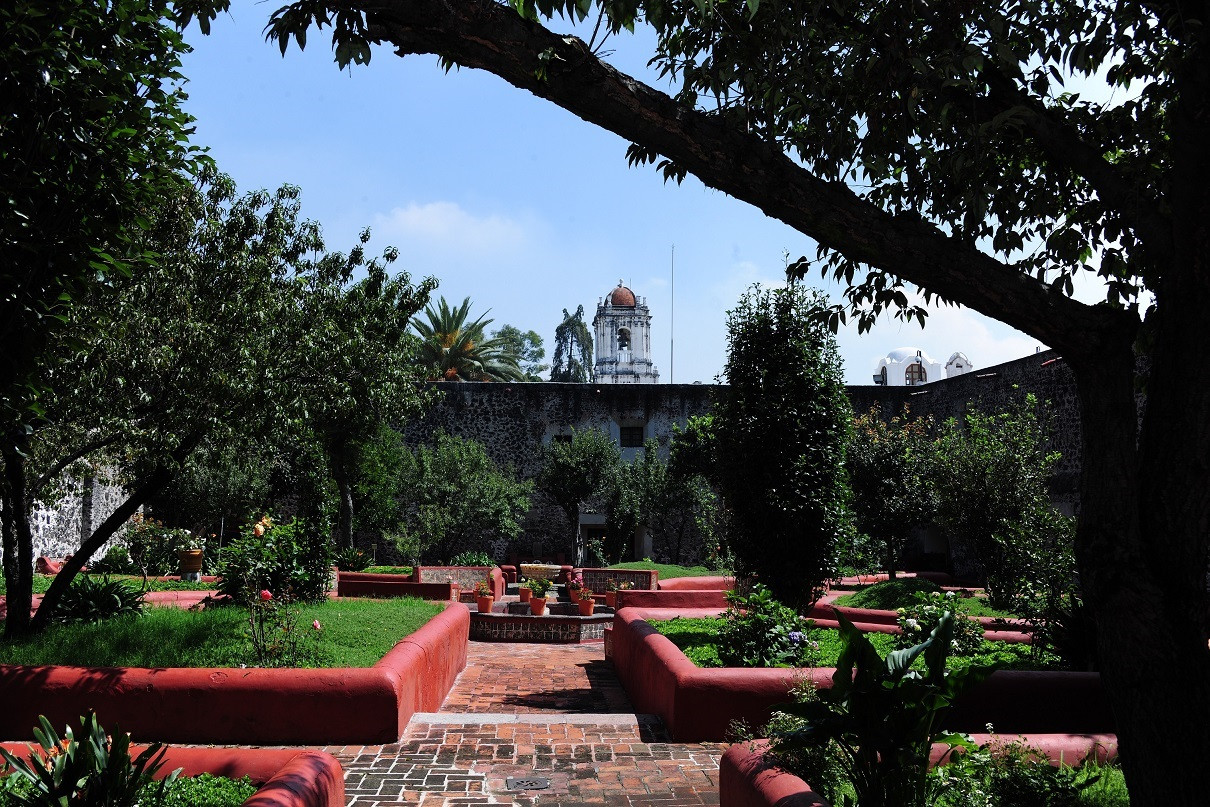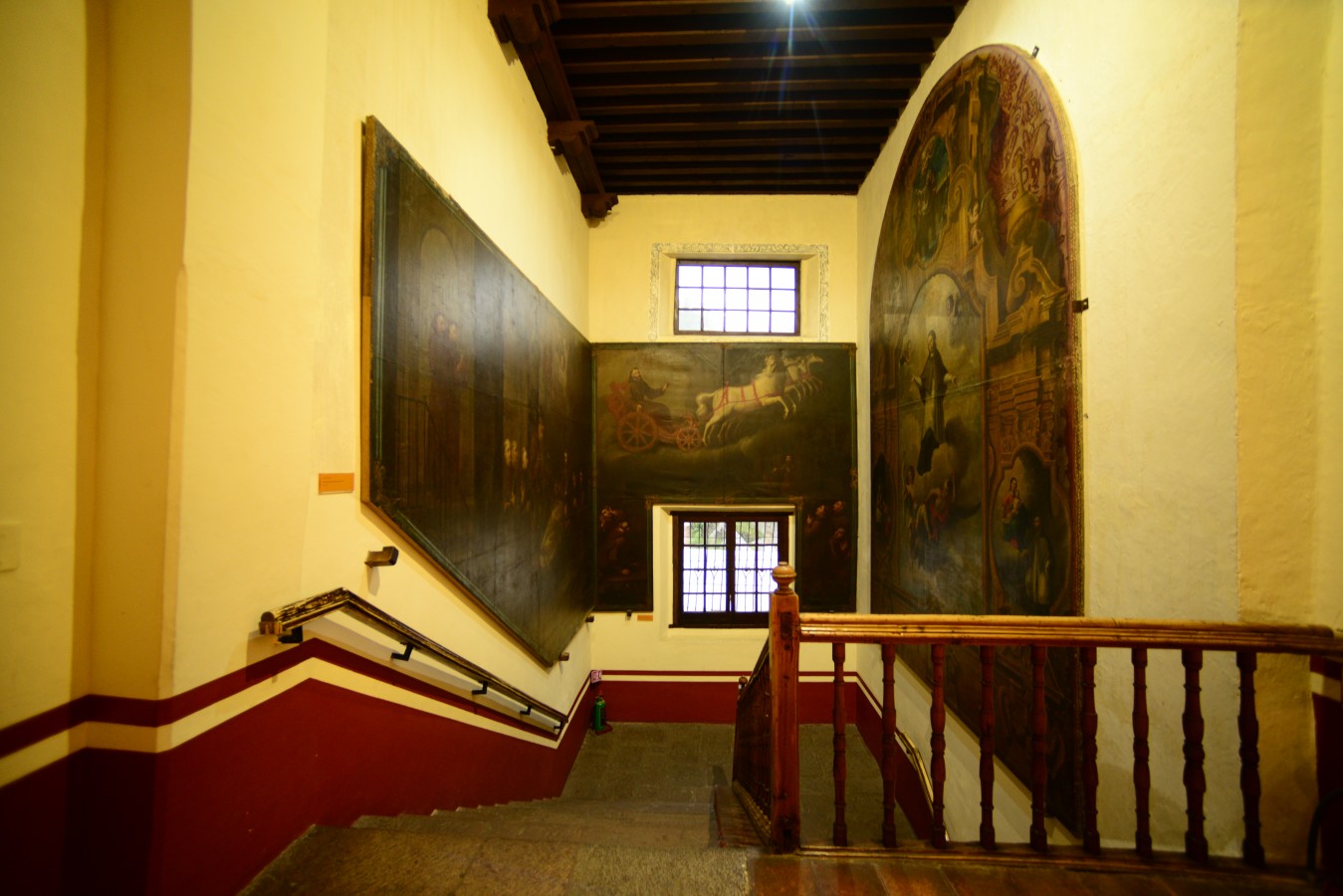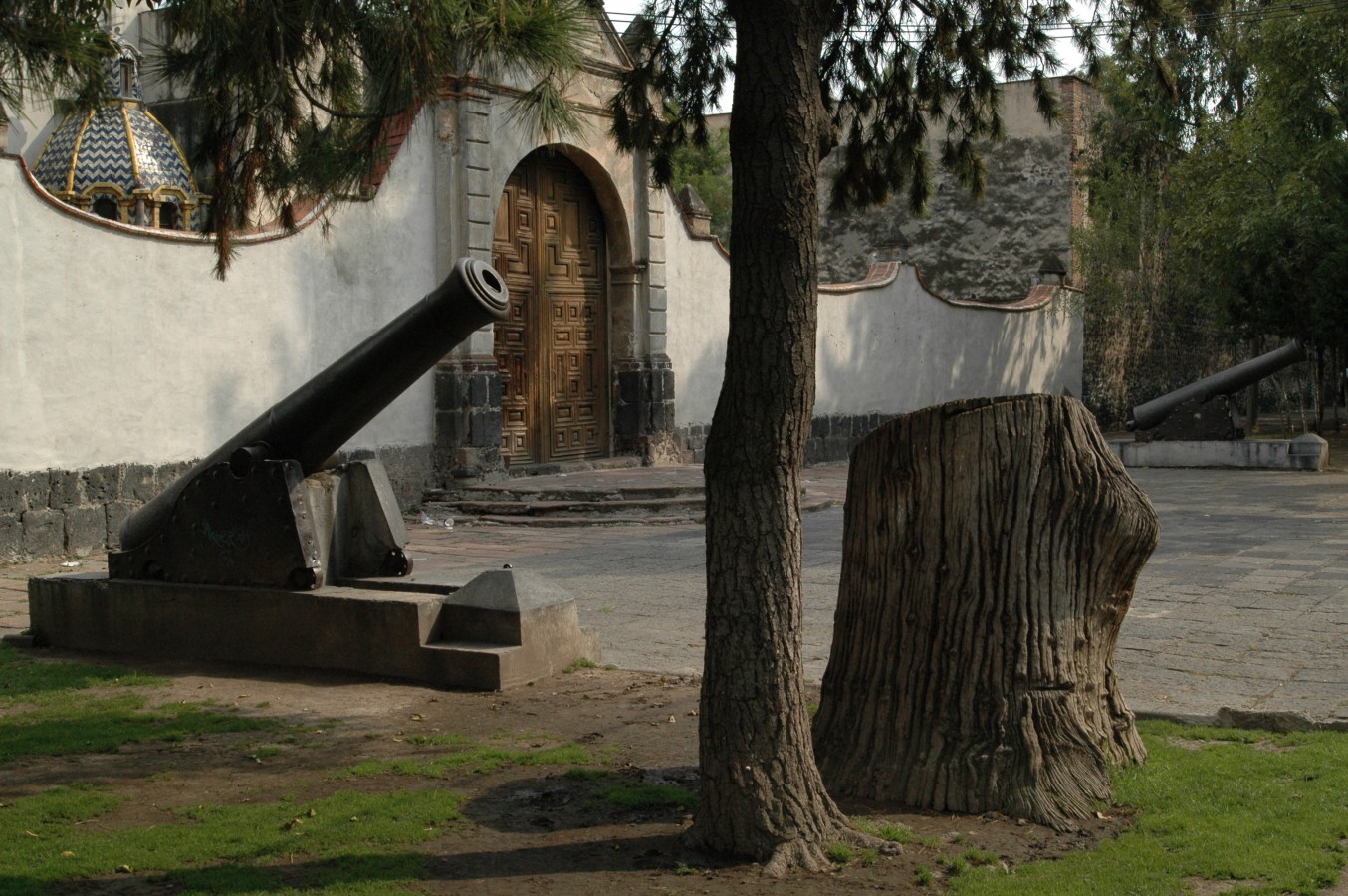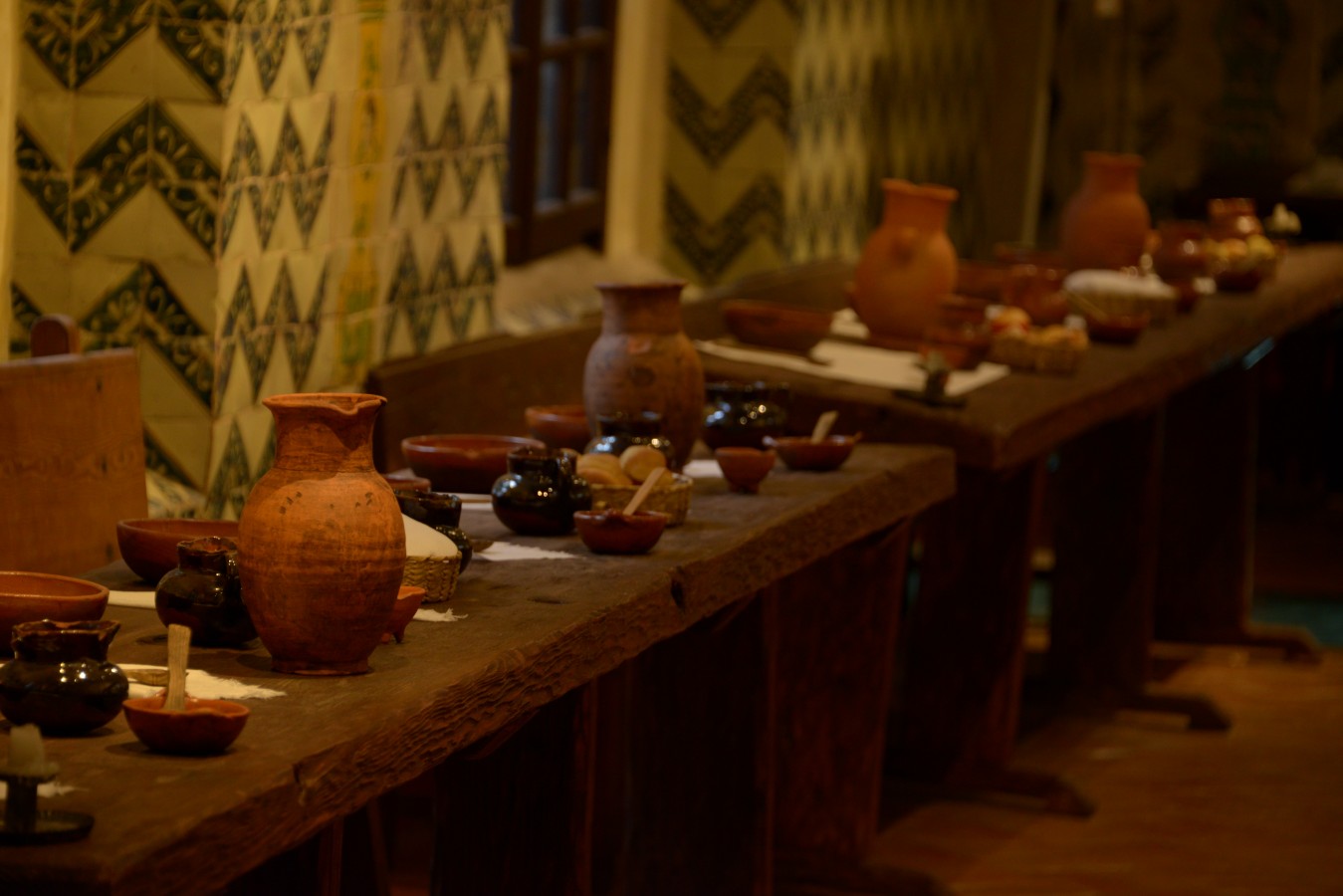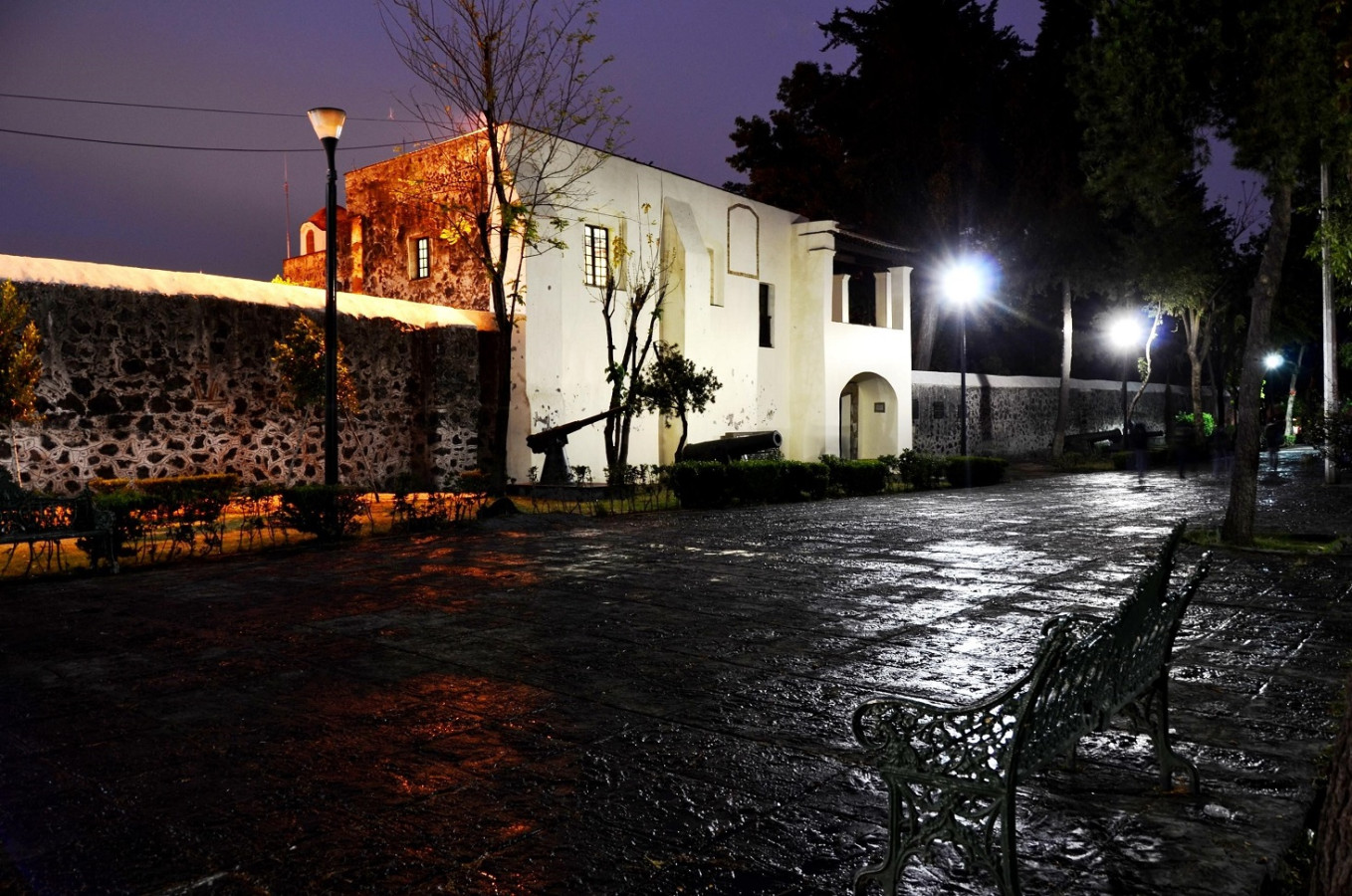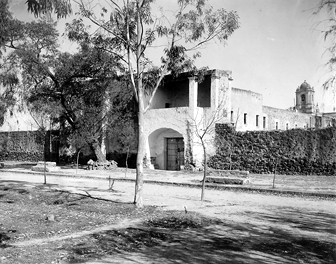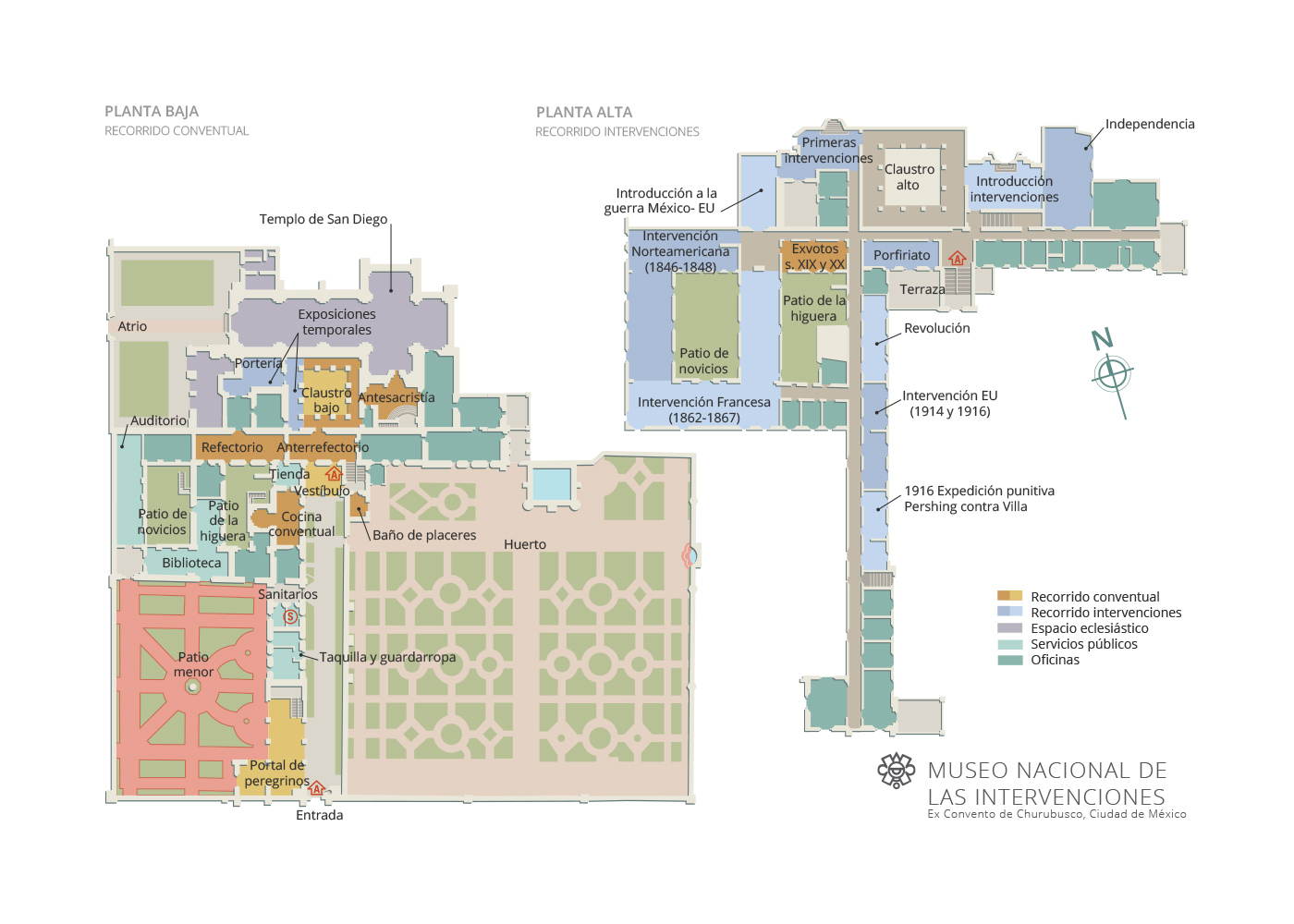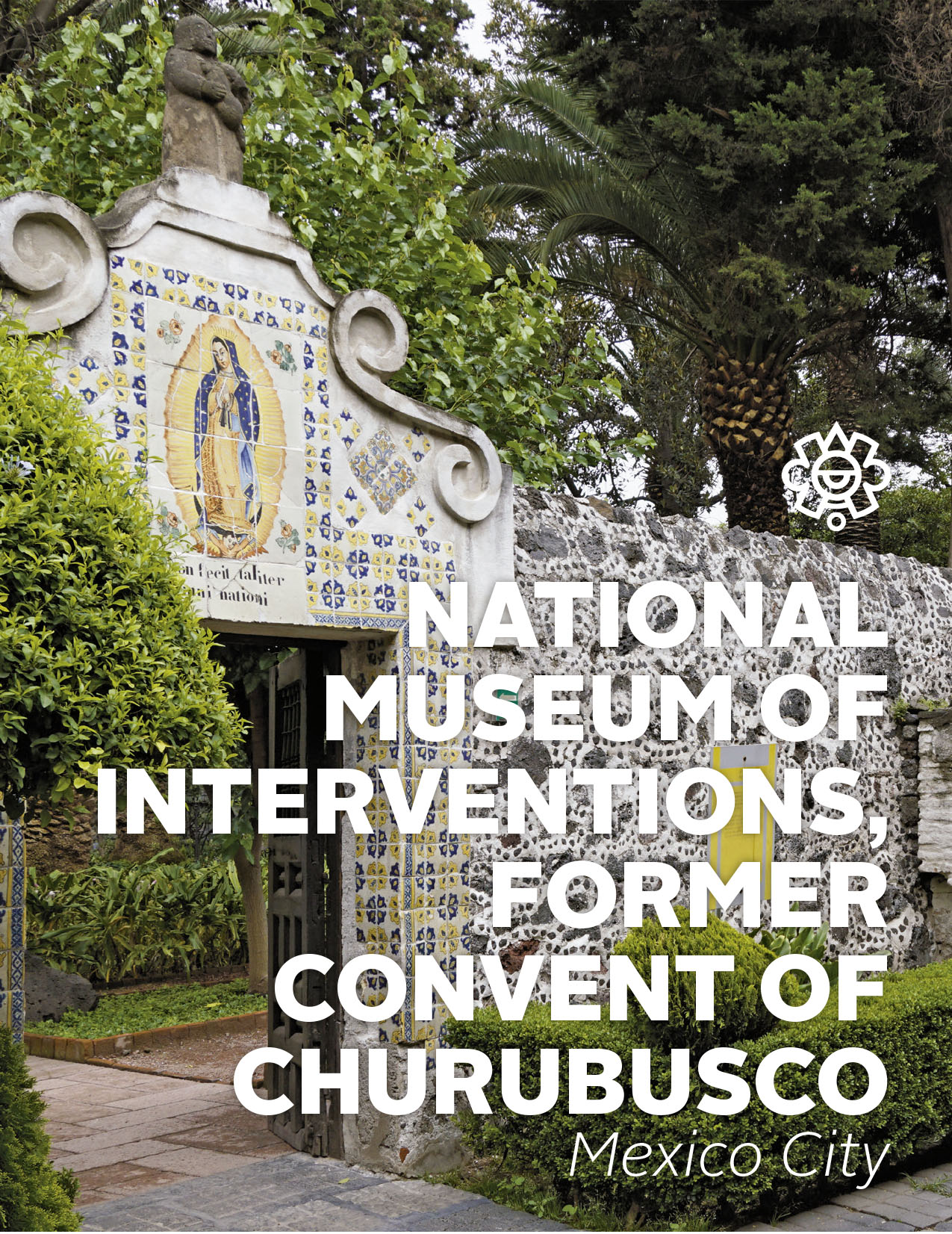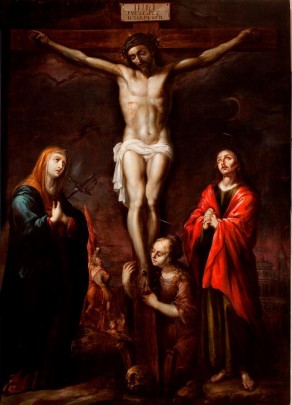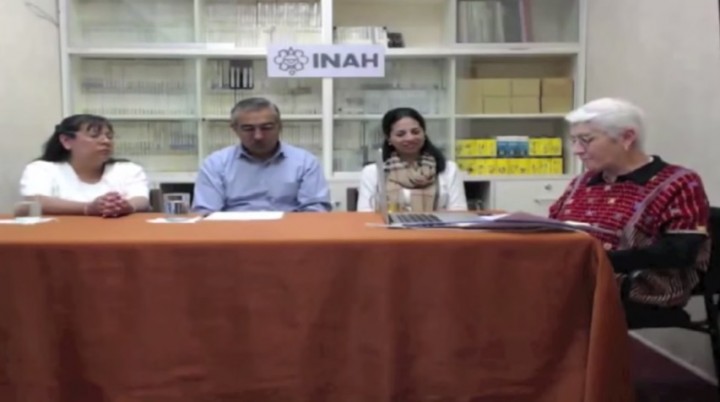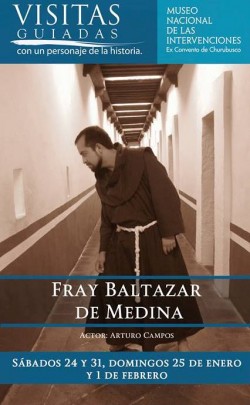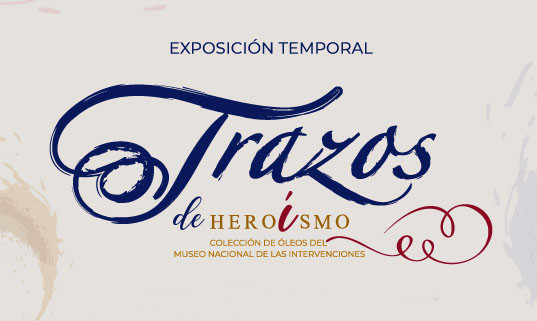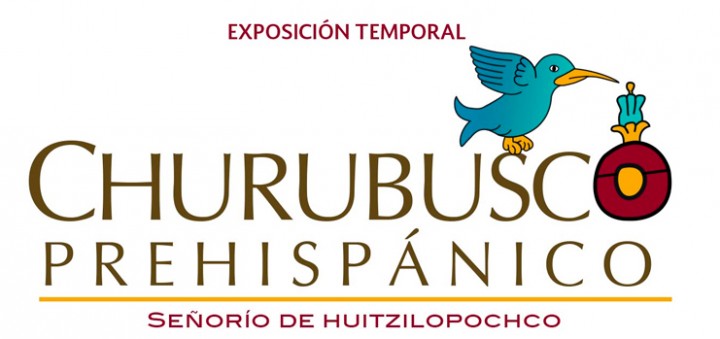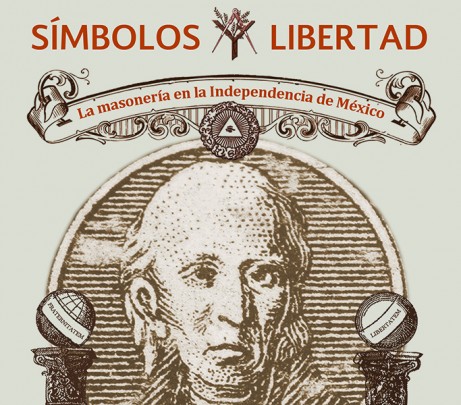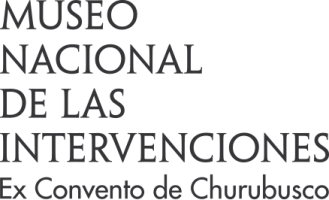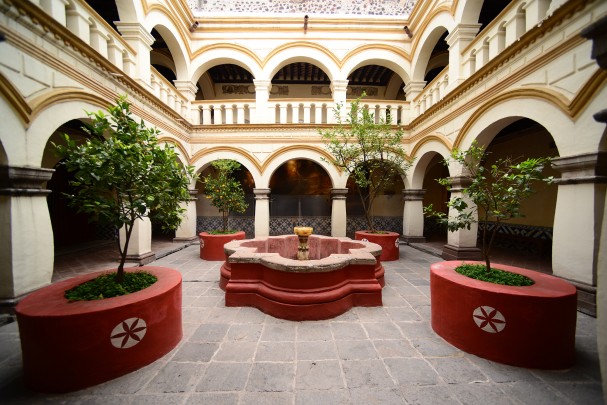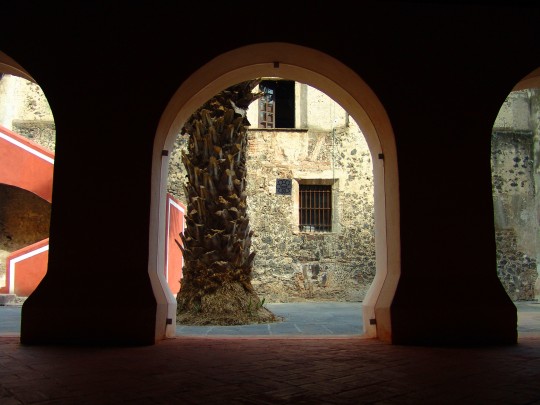Declared a national monument in 1869 by President Benito Juárez, the building opened its doors as the National Museum of Interventions on September 13, 1981. With its focus on the events that have helped forge Mexico’s national identity and current foreign policy, the museum is founded on two core principles: non-interventionism and the right of nations to self-determination.
The museum’s ten galleries provide visitors with clear explanations about the historical processes and armed interventions that took place in Mexico during the nineteenth and twentieth centuries, principally the War of Independence, the Spanish Intervention of 1829, the French interventions of 1838-1839 (the “Pastry War”) and 1862-1867, and the US interventions of 1846-1848, 1914 and 1916.
Historical events are illustrated with graphics, paintings, lithographs, prints, photographs, maps, documents, bladed weapons and firearms (canons, rifles, pistols, bullets, sabers, swords, mallets, machetes), flags and uniforms, medals and insignia, sculptures, jewelry, ceramics, and furniture. Of particular interest is the partition screen depicting Mexico’s battle against the French on May 5, 1862, painted by Miguel Zetina in 1872, and Carl Nebel’s lithographs portraying the US-Mexico War from the perspective of the interests of Mexico’s northern neighbor.
The museum also boasts magnificent examples of seventeenth and eighteenth-century religious art, and since November 1999 a permanent exhibition has given visitors the chance to see some of the most impressive objects from this important collection. Subsequently, in April 2002, the Ex Convento de Churubusco’s kitchens were opened to the public, and April 2006 saw the inauguration of the Don Gastón García Cantú multi-purpose hall and the “Catalejo de la Historia” reference library for those curious to learn more about Mexican history through books, leaflets, videos and audio recordings. Other areas in this former monastery now open to the public include the washrooms and refectory—where two archeological niches are on view, as well as the original seventeenth-century floors, wash basins and two internal spaces.
The Ex Convento de Churubusco is a building that lies at the intersection of three emblematic periods: the pre-Hispanic rule of Huitzilopochco—known today as Churubusco; the era of the Convento de Nuestra Señora de los Ángeles, construction of which began with the arrival of the Franciscans in 1524; and the military fortress constructed in the monastery in an effort to prevent the advance of US troops during the military intervention of 1847.
Todas las actividades presenciales quedan suspendidas hasta nuevo aviso
Ciudad de México, México.
Via line 2 of the Metro, the museum is two blocks from General Anaya station.
-
+52 (55) 41660780 al 41660784
ext. 413306 -
This email address is being protected from spambots. You need JavaScript enabled to view it.



